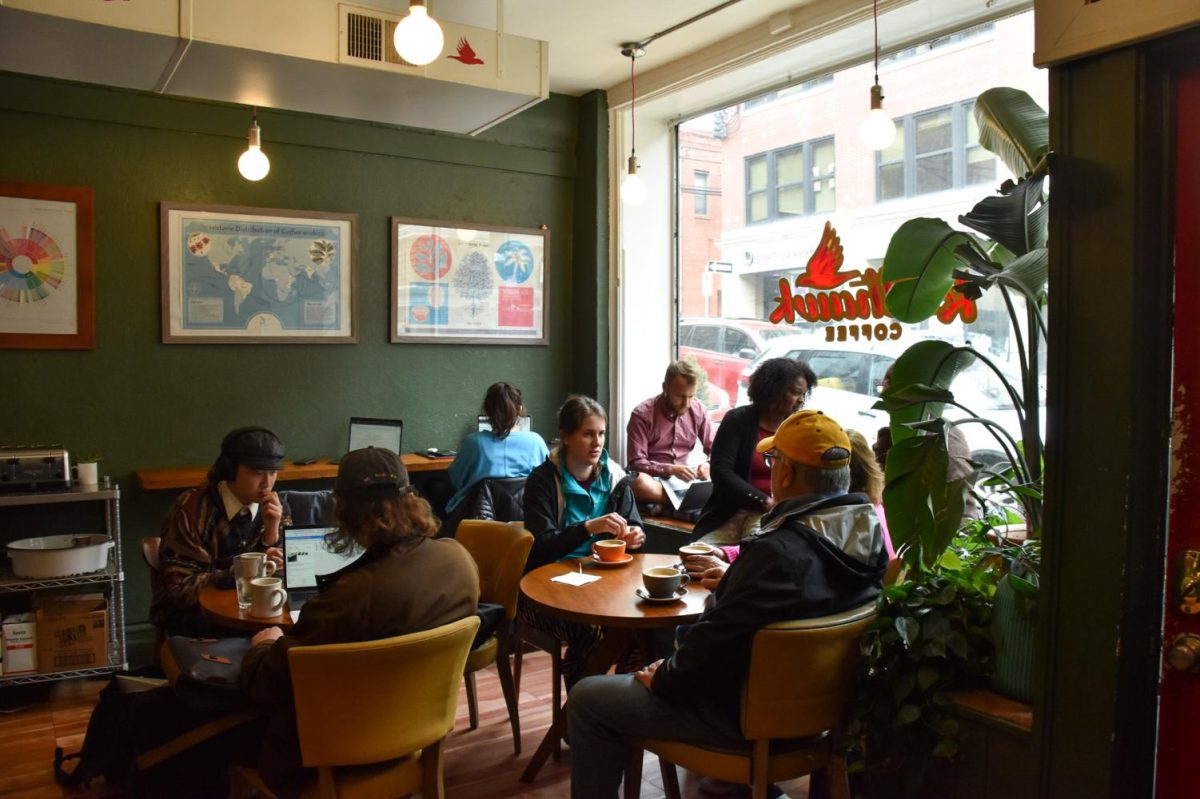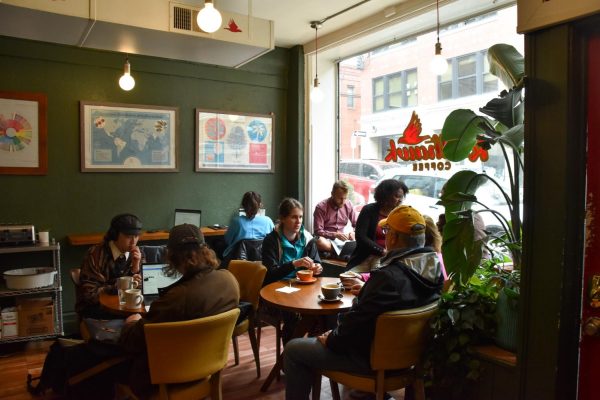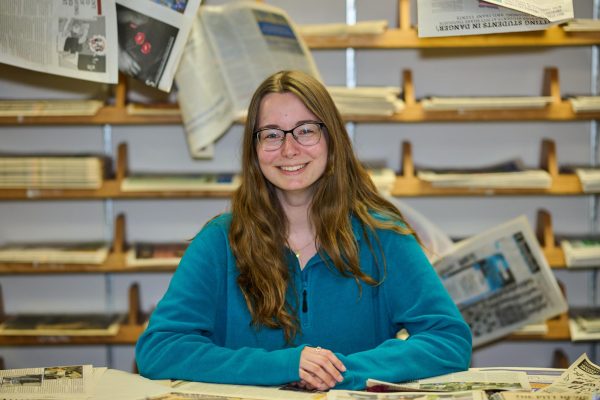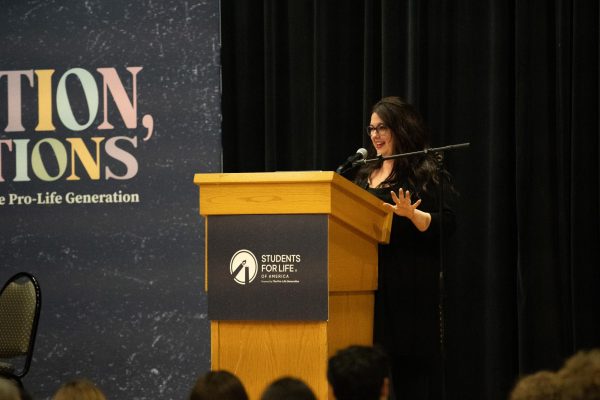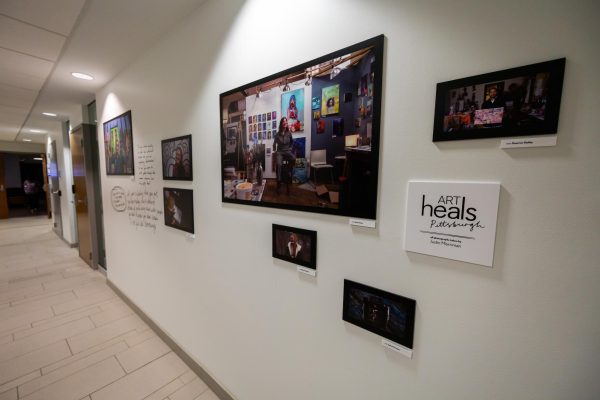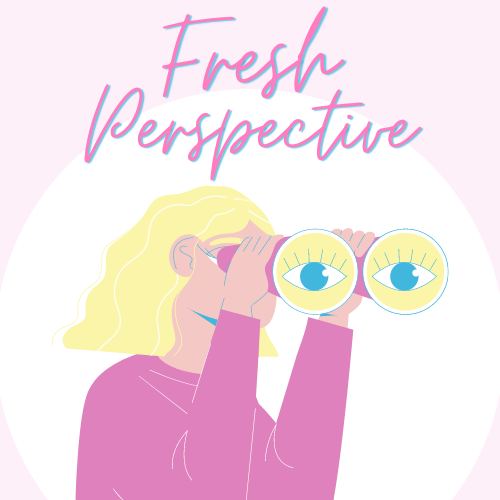“Green” food containers may not be as eco-friendly as they look
October 4, 2009
The new beige food storage containers in the William Pitt Union’s Schenley Café might not be… The new beige food storage containers in the William Pitt Union’s Schenley Café might not be as “green” as they look.
Sodexo, Pitt’s contracted food service company, bought new food storage containers, plates and 100-percent recycled napkins to be more environmentally responsible.
Eric Beckman, Pitt professor and co-director of the Mascaro Sustainability Initiative, said that being environmentally friendly is relative to the various stages of a product’s life.
“[Eco-friendly product makers] are showing you the report card, but they’re not always showing you all the grades,” he said, adding “There’s no such thing as ‘green’ in an absolute sense.”
Schenley Café, operated by the food service company Sodexo, eliminated the polystyrene plates – think the generic equivalent of Styrofoam -in its Culinary Classics section in favor of sturdier, heavier paper-like plates.
But Beckman said that weight is a general indicator of how much energy went into making a product.
“More weight is bad. It’s just more stuff that had to be created. That took energy. Processed. That took energy. Shipped and pitched,” he said, emphasizing that pollution caused by transporting products is among the most harmful environmental offenses.
By this measure, the light polystyrene plates are better than a heavy, “green” equivalent.
Many plastic and polystyrene, which is basically an air-puffed type of plastic, containers are recyclable, but this process often is not cost effective, Beckman said.
Though polystyrene has a bad reputation for being slow to biodegrade, Beckman said that it doesn’t matter whether a single-use plate is made of polystyrene or dense paper in a landfill where there isn’t enough oxygen for the plates to break down.
The Environmental Protection Agency’s website says that landfill gas, by volume, consists of about 50 percent methane and 50 percent carbon dioxide and water vapor. There are very small amounts of oxygen, nitrogen, hydrogen and non-methane organic compound.
In a compost, where there’s lots of oxygen and bacteria, the paper product would biodegrade easily.
Sodexo traded in the large, clear plastic, to-go containers for light, Bagasseware containers at the start of the fall semester. These containers are composed of plant fibers, including wheat, bamboo, rice and sugarcane.
Beckman said bagasse, a waste product leftover from crushed sugarcane, has no other use and could replace new petroleum-based materials.
Sodexo forwarded an e-mail statement to Pitt spokesman John Fedele that said Pitt’s catering services use Enviroware foam plates. These plates, which are also used to serve hamburgers in the Schenley Café, use 21.8 percent pre-consumer waste, according to the Enviroware website. Pre-consumer recycling involves using manufacturing scraps to make other products.
Beckman added that when people compare polystyrene and cardboard, they often compare the amount of energy taken to make a pound of polystyrene versus a pound of cardboard. It’s more important to consider the end product and how many containers can be made from a pound of either material.
Polystrene containers and the new bagasse products have textured air pockets that work as insulation to keep food warm.
Workers at Strutters, the area of the Cathedral Café that sells hamburgers, chicken sandwiches and fries, serve food in small NatureWorks biopolymer plastic containers, the large bagasse containers or large tan Enviroware plates depending on the order.
Beckman examined the new Natureworks plastic containers that use polylactic acid, which is rendered from corn sugar fermentation.
“On the good side, this polymer is created from a renewable resource (corn) and can degrade (in compost) back to totally benign lactic acid. On the bad side, anything created from corn or soybeans is burdened by the fact that intensive farming in the U.S. is very energy-intensive and chemical-intensive – farming in this country creates the large eutrophication problem,” he said in an e-mail.
“Eutrophication, the increase of chemical nutrients in an ecosystem, fosters the growth of algae, which sinks and deprives sea creatures of oxygen,” he said.
Pitt student Amanda Lustig said she didn’t notice the changes in Schenley Café. But since Pitt doesn’t have a compost, the University should buy whatever product is cheaper.
Fedele said that the new containers are slightly more expensive but “worth it.”
Pitt chemical engineering student Dan Jacobs said the University could set up a compost facility. While studying biodegradable polymers – molecules connected by chemical bonds – in Brazil this summer, he noticed color-coded trash and recycling receptacles all over the country.
“Everywhere, there was the option. There were four cans for trash, organic material and recyclables,” he said.
Jacobs said he doubts that Pitt students would separate the compostable items with the other trash considering how many people throw away recyclables in the trash already.


